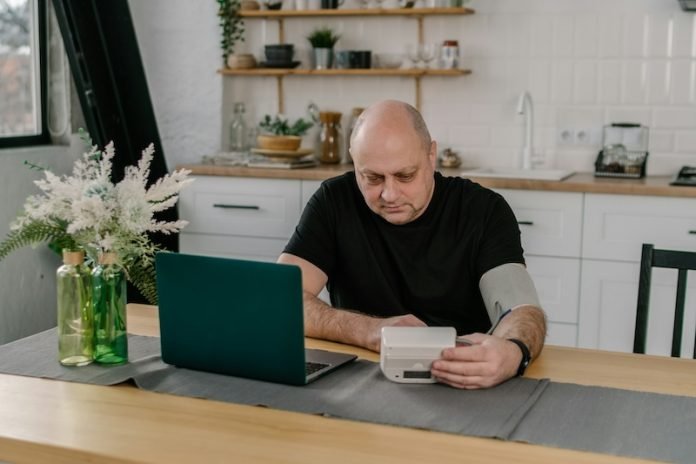
A stroke occurs when the blood supply to part of the brain is interrupted or reduced, preventing brain tissue from getting the oxygen and nutrients it needs.
This can cause brain cells to die within minutes, making early recognition and treatment crucial. Understanding the signs of stroke, especially in elderly individuals, is vital for prompt medical attention and better outcomes.
One of the most common signs of stroke is sudden weakness or numbness in the face, arm, or leg, typically on one side of the body. This can manifest as drooping on one side of the face, difficulty raising one arm, or a sudden feeling of heaviness or numbness in a limb.
Research has shown that these symptoms are often among the first to be noticed by those experiencing a stroke or by their caregivers.
Another key symptom is sudden confusion, trouble speaking, or difficulty understanding speech. An elderly person experiencing a stroke might suddenly become unable to speak coherently or may have trouble understanding what others are saying.
This can also include slurred speech or the use of incorrect words. Studies have highlighted that these speech-related symptoms are often recognized by family members or caregivers, leading to faster medical intervention.
Vision problems can also be a sign of a stroke. This might include sudden blurred vision, double vision, or loss of vision in one or both eyes. The elderly might report seeing everything as if through a fog or having trouble focusing on objects.
Research indicates that vision issues related to stroke often come on suddenly and can be quite dramatic, making them easier to spot.
A sudden, severe headache with no known cause is another warning sign of a stroke. This headache can be described as the worst headache of one’s life and is often accompanied by other symptoms such as dizziness, nausea, or vomiting.
While headaches are common and can have many causes, a stroke-related headache is usually abrupt and intense. Medical studies have found that this type of headache, especially when coupled with other symptoms, is a critical indicator of a stroke.
Dizziness, loss of balance, or trouble walking can also signal a stroke. An elderly person might suddenly feel dizzy, lose their coordination, or find it difficult to walk without stumbling. This can be particularly dangerous as it increases the risk of falls and further injury.
Research has shown that these symptoms can be easily misinterpreted as general weakness or fatigue in older adults, so it’s important to be vigilant.
One of the tools used to remember the signs of stroke is the acronym FAST, which stands for Face, Arms, Speech, and Time:
- Face: Ask the person to smile. Does one side of the face droop?
- Arms: Ask the person to raise both arms. Does one arm drift downward?
- Speech: Ask the person to repeat a simple phrase. Is their speech slurred or strange?
- Time: If you observe any of these signs, call emergency services immediately.
Acting quickly is crucial because the sooner a stroke is treated, the better the chances of minimizing brain damage and improving recovery. Treatments for stroke are most effective if given within the first few hours after symptoms begin.
Elderly individuals are at a higher risk for stroke due to age-related changes in the cardiovascular system and the presence of other medical conditions such as high blood pressure, diabetes, and atrial fibrillation.
Research has consistently shown that early intervention can significantly reduce the long-term impact of a stroke, making it essential to recognize the symptoms promptly.
In addition to recognizing the signs of a stroke, understanding the risk factors can help in prevention. Common risk factors for stroke in the elderly include high blood pressure, high cholesterol, smoking, obesity, and a sedentary lifestyle.
Managing these risk factors through a healthy diet, regular exercise, and medication can help reduce the risk of stroke.
In summary, recognizing the signs of a stroke in elderly individuals involves looking for sudden weakness or numbness on one side of the body, speech difficulties, vision problems, severe headaches, and loss of balance or dizziness.
Using the FAST acronym can help remember the key symptoms and the importance of acting quickly. Understanding these signs and the importance of rapid response can make a significant difference in the outcomes for elderly individuals experiencing a stroke.
If you care about stroke, please read studies about how to eat to prevent stroke, and diets high in flavonoids could help reduce stroke risk.
For more information about health, please see recent studies about how Mediterranean diet could protect your brain health, and wild blueberries can benefit your heart and brain.
Copyright © 2024 Knowridge Science Report. All rights reserved.



